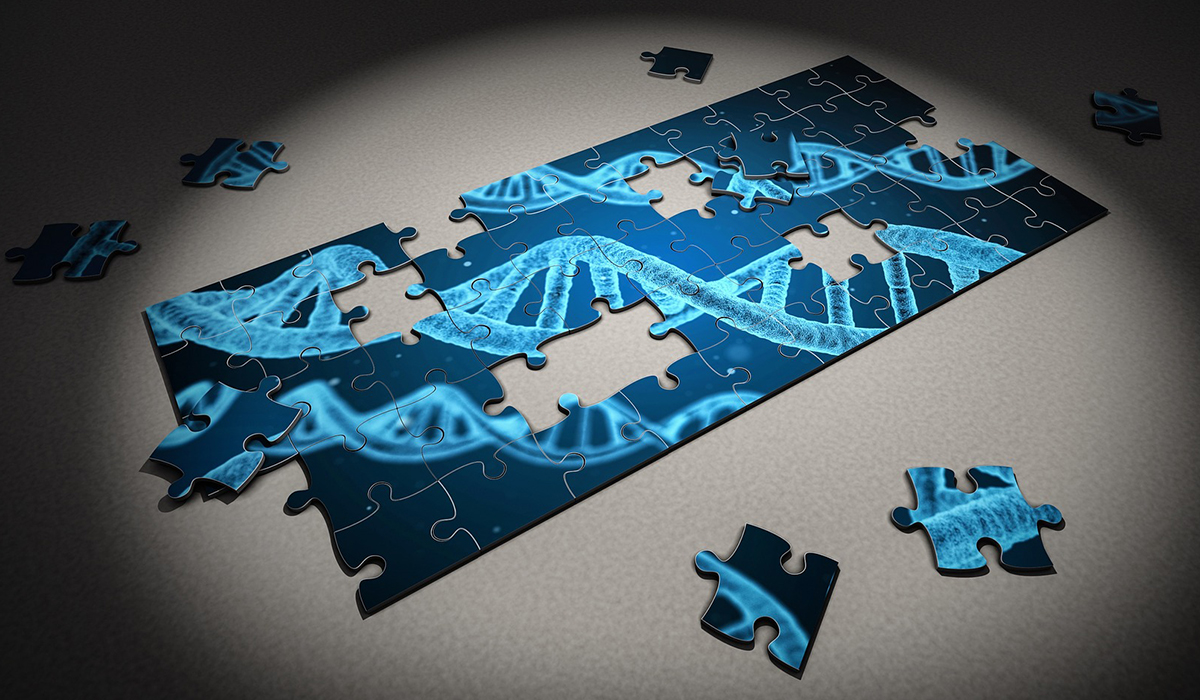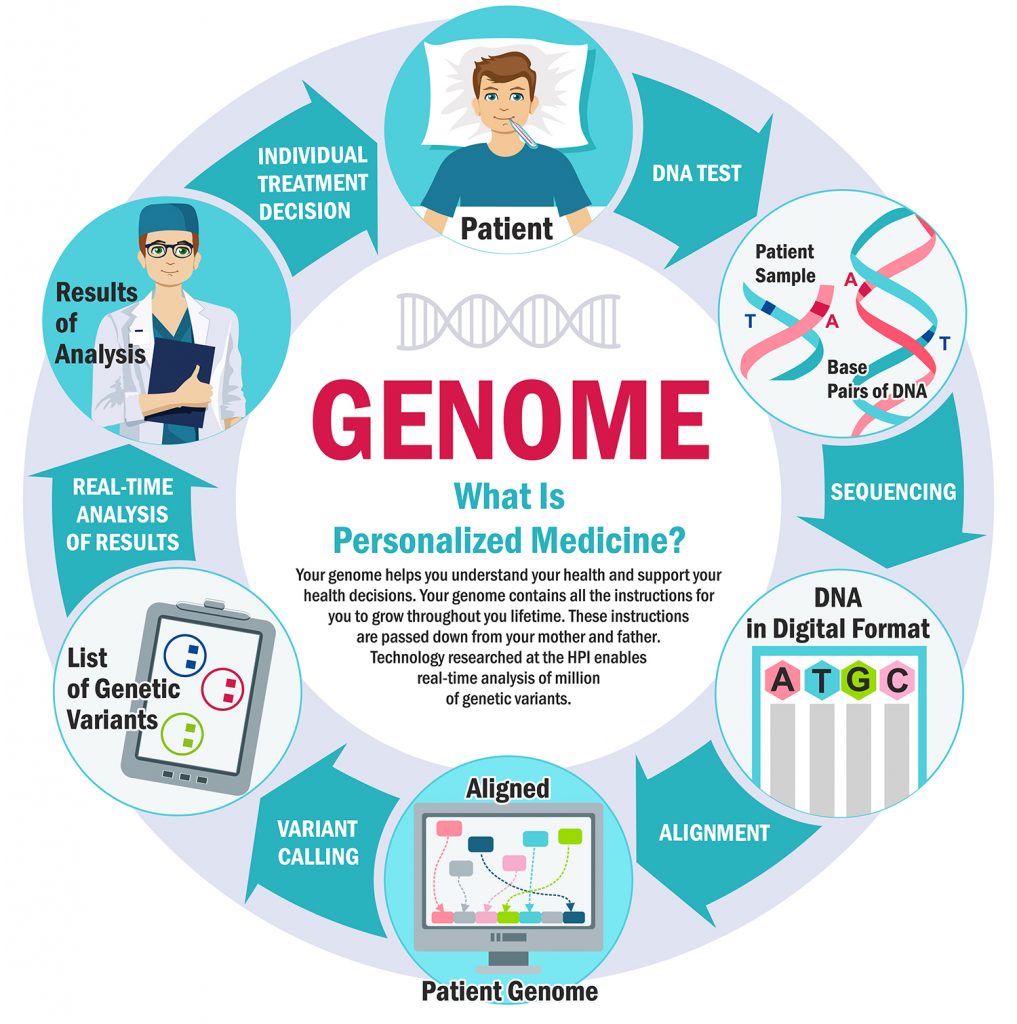Genetics & Weight Problems: The Role of Genetics for that Number on the Scale
There are a number of factors that influence obesity. These include behavioral choices, environmental circumstances, and genetics. Genes don’t always predict someone’s weight future, but science has shown that genetics play a role in obesity. Genes increase a person’s susceptibility to become overweight, but this is not an isolated causality due to behavior and environment.

Take for instance the number of people living in a certain environment with all the same living conditions. How is it so that in an environment that promotes inactivity and high calorie foods that not all of these people become obese? Not all these people will have the same resulting health problems or body fat distribution. Even people in the same family, of the same race, and of the same ethnicity, will not all become obese given this environment. The diversity in body types leads one to believe that genetics do play a role in weight.
Genes are what instruct the body. They map out how the body will respond to a given environment. Genes dictate behaviors including a person’s choice to be sedentary, to overeat, and their metabolic functions. Genes tell the body how to store fat and how to use food for fuel as energy. Both hunger and food intake are associated with genes. For example, take two siblings or twins raised in very similar environments — they still may not have the same body weight distribution.
For now, science does not have genetic testing which would determine one’s weight future. There is no science that shows a personal diet plan or exercise regimen will result in exact body types. Bardet-Biedl syndrome (BBS) and Prader-Willi syndrome are the only two directly related obesity causing genetic factors. BBS is associated with increased body fat in the abdominal area, poor functioning kidneys, eyes, and genitalia, as well as intellectual impairment. Prader-Willi syndrome is associated with a constant desire to eat. This causes dangerous weight gain, stunted growth, and poor health. Research is still being performed on genetic response to weight gain. Knowing one’s family history won’t change the path to obesity, but lifestyle behavior and environment can be adjusted as a proactive and preventable method. For example, children of obese parents are more likely to become obese themselves due to their lifestyle and environment. Marketing has also become a strong influence for eating patterns.
The finger can’t be pointed at genetics alone for weight problems. However, we do know that even under exact circumstances, two bodies can react entirely different. The research is not entirely there YET, but hopefully in the near future we can have helpful answers to help fight the obesity epidemic.
Megan Johnson McCullough, owner of Every BODY’s Fit in Oceanside CA, is a NASM Master Trainer, AFAA group exercise instructor, and specializes in Fitness Nutrition, Weight Management, Senior Fitness, Corrective Exercise, and Drug and Alcohol Recovery. She’s also a Wellness Coach, holds an M.A. Physical Education & Health, and is a current doctoral candidate in Health and Human Performance. She is a professional natural bodybuilder, fitness model, and published author.
References
- https://www.cdc.gov/healthyweight/calories/other_factors.html
- https://www.ncbi.nlm.nih.gov/pmc/articles/PMC2636925/
- https://www.ncbi.nlm.nih.gov/pubmed/12127777






